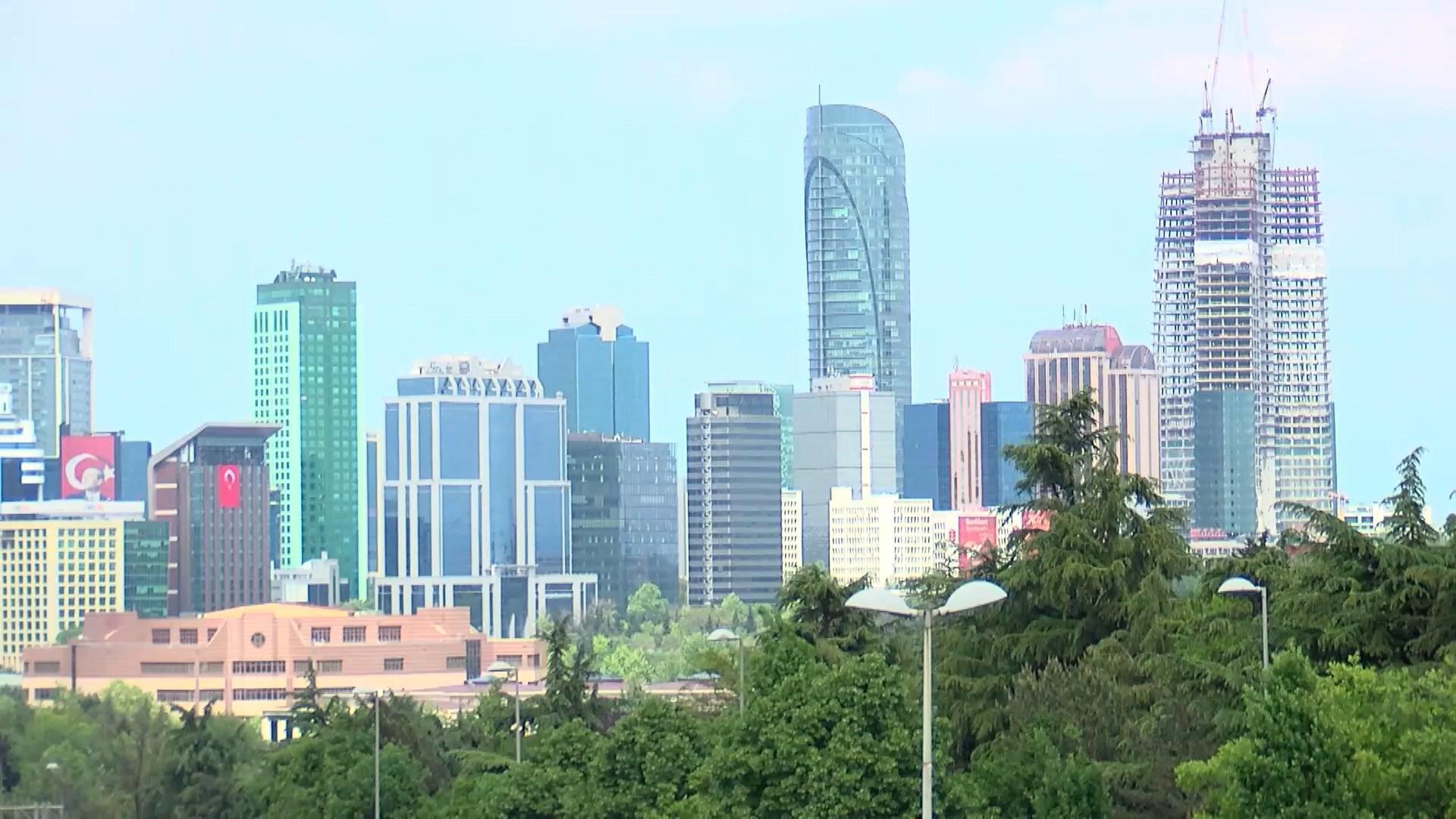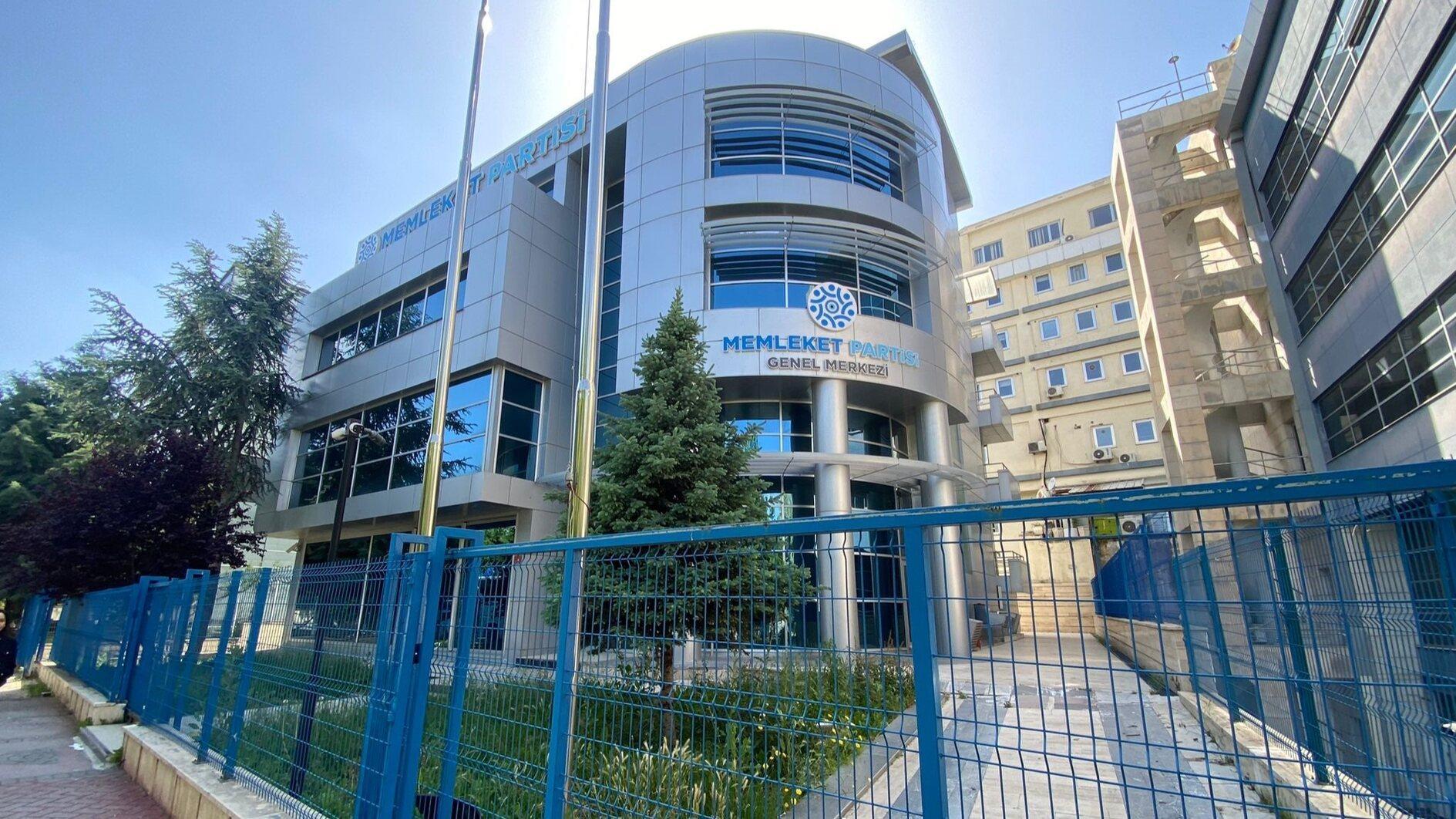10-degree gap exposes Istanbul’s ‘heat island effect’
ISTANBUL

A sharp 10 degrees Celsius difference in temperature observed between urbanized zones and natural havens has revealed the effects of heat islands in metropolitan hubs like Istanbul.
As asphalt roads and glass-covered buildings are becoming more prevalent, inherently, the transformation is not merely aesthetic but bears significant environmental consequences.
Meterologist Ahmet Köse emphasized the alarming nature of the disparity in the temperature between areas surrounded with towering high-rise structures like Maslak and those with lush green spaces like Belgrade Forest.
Attributing this to the proliferation of glass-clad buildings, Köse likens the conditions in Istanbul to that of Şanlıurfa, a city in the east known for its sweltering heat.
He explained that the reflective properties of these structures exacerbate the urban heat island effect, resulting in higher temperatures in cityscapes compared to their green counterparts.
Moreover, the abundance of skyscrapers compounds the thermal imbalance which acts as what Köse calls “wind traps” that impede natural airflow and exacerbate air pollution.
“We erected skyscrapers in the areas of Istanbul’s prevailing wind. Since we did not leave any space between them, the wind comes from one side and cannot leave from the other.”
“Since [the wind] can't get out, those who dwell behind those skyscrapers are left windless at a distance of about 50 times the distance from the skyscraper.”
The prevailing wind patterns in Istanbul, which encompasses 70 percent of the city, are disrupted by the clustering of high-rises, leaving many urban dwellers devoid of adequate ventilation and susceptible to health risks.
“Those who stay on the other side of the skyscraper have to be exposed to diseases that cause very serious nerve damage, especially ear disorders due to turbulence,” he added.
Furthermore, the uncontrolled expansion of urban spaces, characterized by concretization, lays groundwork for catastrophic floods, forest fires and escalated air pollution, Köse said.
He underscored the imperative for sustainable urban planning, advocating for the consideration of meteorological parameters in zoning initiatives. He urged architects to ask questions during the design process regarding water sufficiency and air quality in the given regions.
This entails a paradigm shift towards sustainable urbanism, wherein architectural designs prioritize thermal efficiency and environmental resilience, aligning with local climatic conditions to foster more habitable cities for future generations.
















